The visible spectrum is the portion of the electromagnetic spectrum that is visible to (can be detected by) the human eye. Electromagnetic radiation in this range of wavelengths is called visible light or simply light. A typical human eye will respond to wavelengths from about 390 to 700 nm. In terms of frequency, this corresponds to a band in the vicinity of 430–790 THz.
The spectrum does not, however, contain all the colors that the human eyes and brain can distinguish. Unsaturated colors such as pink, or purple variations such as magenta, are absent, for example, because they can be made only by a mix of multiple wavelengths. Colors containing only one wavelength are also called pure colors or spectral colors.
Visible wavelengths pass through the "optical window", the region of the electromagnetic spectrum that allows wavelengths to pass largely unattenuated through the Earth's atmosphere. An example of this phenomenon is that clean air scatters blue light more than red wavelengths, and so the midday sky appears blue. The optical window is also called the visible window because it overlaps the human visible response spectrum. The near infrared (NIR) window lies just out of the human vision, as well as the Medium Wavelength IR (MWIR) window and the Long Wavelength or Far Infrared (LWIR or FIR) window though other animals may experience them.
The spectrum does not, however, contain all the colors that the human eyes and brain can distinguish. Unsaturated colors such as pink, or purple variations such as magenta, are absent, for example, because they can be made only by a mix of multiple wavelengths. Colors containing only one wavelength are also called pure colors or spectral colors.
Visible wavelengths pass through the "optical window", the region of the electromagnetic spectrum that allows wavelengths to pass largely unattenuated through the Earth's atmosphere. An example of this phenomenon is that clean air scatters blue light more than red wavelengths, and so the midday sky appears blue. The optical window is also called the visible window because it overlaps the human visible response spectrum. The near infrared (NIR) window lies just out of the human vision, as well as the Medium Wavelength IR (MWIR) window and the Long Wavelength or Far Infrared (LWIR or FIR) window though other animals may experience them.


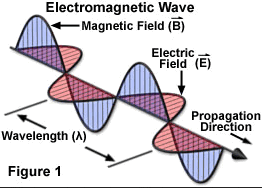
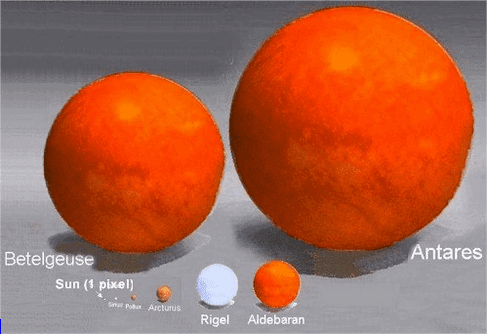
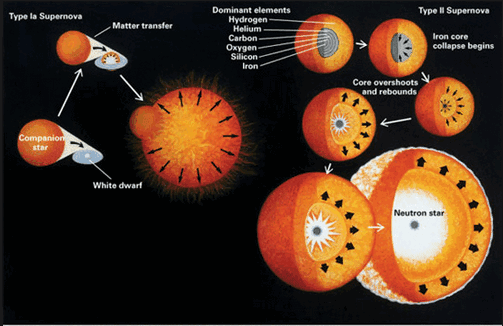
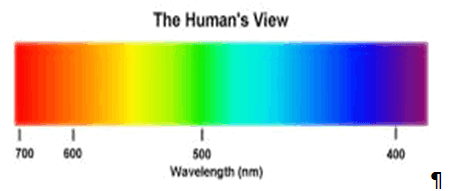

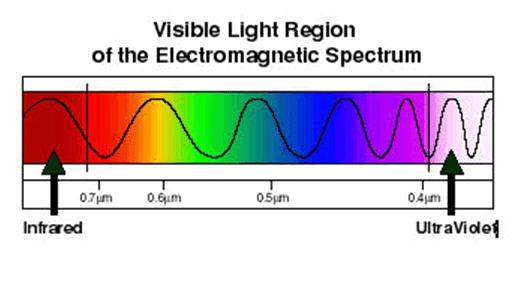












0 comments:
Post a Comment